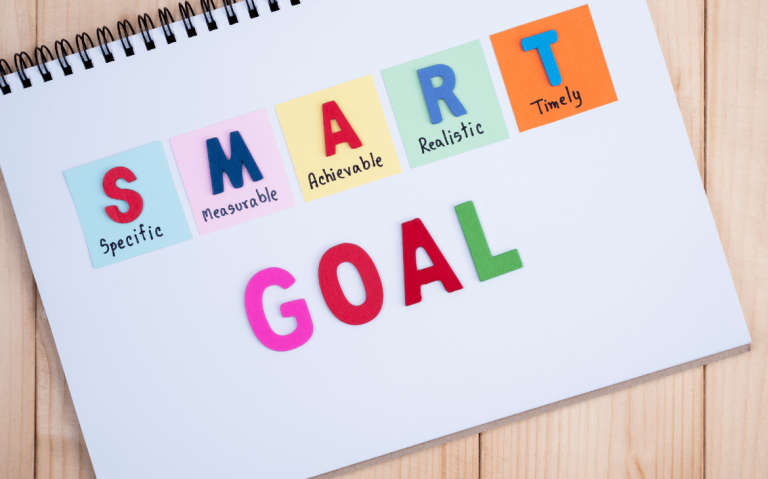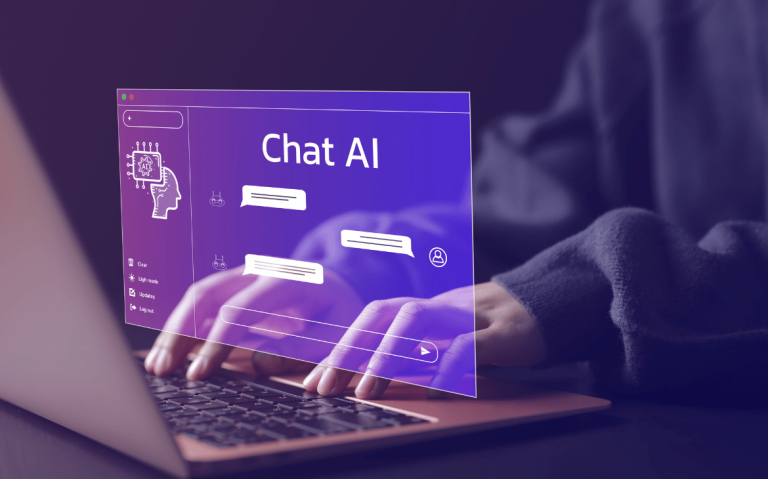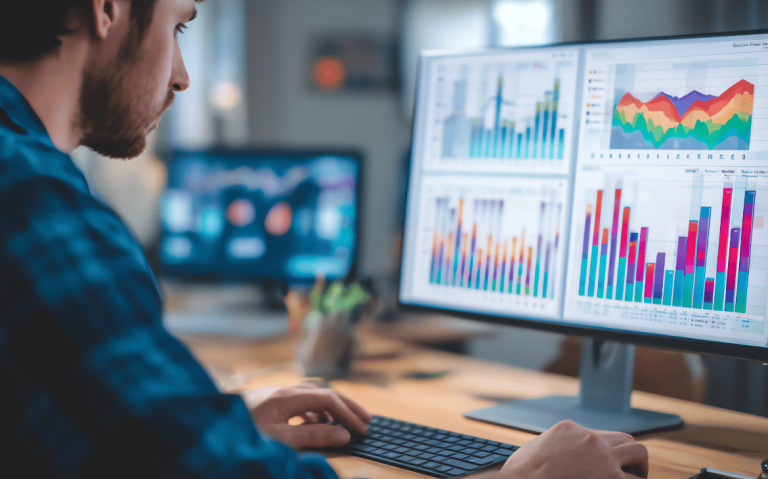In 2025, artificial intelligence (AI) is transforming the web design industry like never before. From automating repetitive tasks to generating entire layouts, AI-powered tools are enabling designers to work faster, smarter, and more creatively. Web design automation is no longer a futuristic concept — it’s a reality shaping modern UI/UX practices and redefining how businesses build engaging digital experiences.
This article explores how AI-driven automation is reshaping workflows, improving user experience (UX), and empowering designers to focus on strategy and innovation rather than tedious manual work.
The Rise of AI in Web Design
AI-driven tools are now capable of handling many aspects of web design and development that previously required hours of manual work.
Key areas where AI is making an impact:
- Layout generation → Instantly create wireframes and prototypes
- Content creation → Auto-generate text, headlines, and SEO-friendly descriptions
- Color and font suggestions → AI recommends smart pairings based on brand identity
- Accessibility enhancements → Automated checks for WCAG compliance
- Personalization → Dynamic content delivery based on user preferences
By automating these processes, AI is reducing development timelines and lowering costs, making professional design accessible to businesses of all sizes.
Popular AI-Powered Web Design Tools in 2025
Designers now have access to cutting-edge tools that integrate AI seamlessly into the design workflow:
- Wix ADI & Squarespace AI → Auto-generate fully functional websites within minutes
- Framer AI → Create interactive prototypes using natural language prompts
- Uizard & Dora AI → Turn sketches into ready-to-use web designs
- Figma AI Plugins → Automate repetitive UI tasks, recommend styles, and optimize layouts
- ChatGPT for Designers → Generate microcopy, CTAs, and SEO-optimized content instantly
These tools streamline workflows, allowing designers to focus on creativity and problem-solving rather than repetitive tasks.
How AI Improves User Experience (UX)
Web design automation isn’t just about efficiency — it’s about creating smarter, more personalized experiences for users.
- AI-driven personalization → Delivers customized layouts, product recommendations, and content
- Predictive analytics → Anticipates user behavior for optimized navigation
- Automated A/B testing → Tests multiple versions of designs to find the most effective layouts
- Faster performance optimization → AI identifies and fixes speed bottlenecks instantly
This leads to higher engagement, reduced bounce rates, and increased conversions.
The Role of Designers in an AI-Driven Future
Despite automation, human creativity remains irreplaceable. Designers still play a crucial role in:
- Setting brand direction and visual identity
- Crafting emotion-driven experiences that AI can’t replicate
- Applying strategic thinking to meet business goals
- Overseeing AI outputs for accuracy, aesthetics, and usability
The future of web design lies in collaboration between AI and human designers — combining speed, efficiency, and creativity.
Conclusion
In 2025, AI-powered web design automation is reshaping the industry by making workflows faster, smarter, and more efficient. From automated layouts to personalized UX and AI-driven testing, businesses can now deliver high-performing, visually stunning websites at scale.
However, the human touch remains essential for creativity, empathy, and strategic design thinking. The real power lies in leveraging AI as a partner, enabling designers to innovate faster and create exceptional digital experiences.





